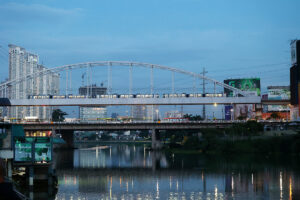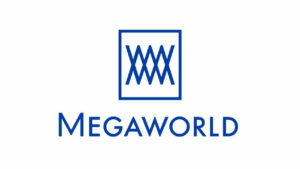Emerging trends in the country’s property sector

At the onset of the pandemic, the property sector took most implications in growing consumer and business confidence. As one of the key industry players in the global and local economic recovery and development, the industry is set to bounce back this year, according to consultancy firms.
In the latest report of a global real estate services firm Cushman & Wakefield, it noted that during the first quarter of 2022, the Philippine economy exhibited a faster-than-expected expansion as the government loosened the restrictions that significantly encouraged consumer activities, along with the increase in election-related spending.
The real estate market is also expected to move with cautious optimism amid more relaxed travel regulations and the country’s low count of COVID-19 infections which have boosted the performance of accommodation establishments driven by the restored mobility confidence of both domestic and foreign leisure travelers.
Experts in the industry now share assurance on the trajectory of the Philippine property sector in the next few years. They observed that aside from the transformed buying behavior of consumers, the market is conditioned by a handful of emerging trends for developments to stay afloat and relevant to the current impact of the global crises.
The residential market would possibly reap the benefits of major infrastructure developments especially in Central and North Luzon for these infrastructural improvements are projected to increase the housing market values and home prices outside of the capital region. According to market analysts, Bulacan will most likely be an appealing residential investment location as large infrastructure projects such as the Bulacan Airport or the New Manila International Airport and MRT-7 near completion.
Due to the growing demand for residential spaces, real estate companies also increased the supply of condominium units. High-rise condos populate business districts and areas near the metropolis to address the need for living spaces for young professionals and starting families but the high demand for housing has led to significant price increases.
However, economic uncertainty has been a major concern for home buyers over the past years since COVID-19 struck. Market analysts noted how people have become more frugal and look for housing options with the most flexibility, convenience, and affordability. But the fast-rising prices and taxes of ready-for-occupancy spaces and cost of home construction have filtered out undecided first-time buyers, they added.
Despite the prevailing presence of the pandemic in the country, the retail segment makes the fastest rebound in property market’s effort to gradually return to its pre-pandemic levels, according to Colliers Philippines, a market intelligence company.
As Colliers noted, outsourcing companies keep on looking for office spaces in spite of the employees’ work-from-home setups. With the rising trend of co-working arrangements, companies look to lease more spaces, complementing their headquarters with satellite offices near their employees’ homes. This departure from the traditional office arrangement into a more flexible option can influence workers’ drive to go back to the crowded central business districts when the pandemic is over, they predict.
Since people turned to alternative, practical and convenient ways of living, the concept of microcities emerged. As per property builders, these concentrated urban zones are “cities within cities” designed for home living and access to outdoor activities, all within proximity of the residents’ workplaces.
This demand for integrated communities — having smart homes, workplaces, malls, and schools within a community — meets the need for mobility and convenience, especially for the millennials or the newest real estate market, according to property experts.
They added that microcities also promote health and well-being as these locations are master-planned communities with lush greens, bike trails, multi-purpose spaces, and walkable paths in a less crowded environment which have become top considerations for homebuyers at the height of the pandemic.
Furthermore, as the BSP recorded a 3.9% increase in remittances in April 2022, market analysts project more OFWs engaging in real estate via acquiring a condominium or owning a provincial house and lot.
Meanwhile, business process outsourcing (BPO) firms will continue to be the leading real estate investors, since the industry, as reported by the Philippine Economic Zone Authority (PEZA), continues to expand in the country amidst the threat of a global recession. With these growing numbers, real estate developers look at higher purchase and lease rates in the property sector this 2022.
Aside from the continued demand for safety and security, the market yearns for greener and sustainable spaces. Property investments and management firms anticipate that about 37% of the new buildings that will operate in the next few years will be wellness-certified structures.
The market sentiment is improving, but a mixed outlook remains. Yet, despite the rising taxes and building materials cost, with both the public and private sectors gradually advancing their infrastructural projects to usher economic recovery, local real estate experts poised the property industry to see sustained growth in the coming years. — Allyana A. Almonte




